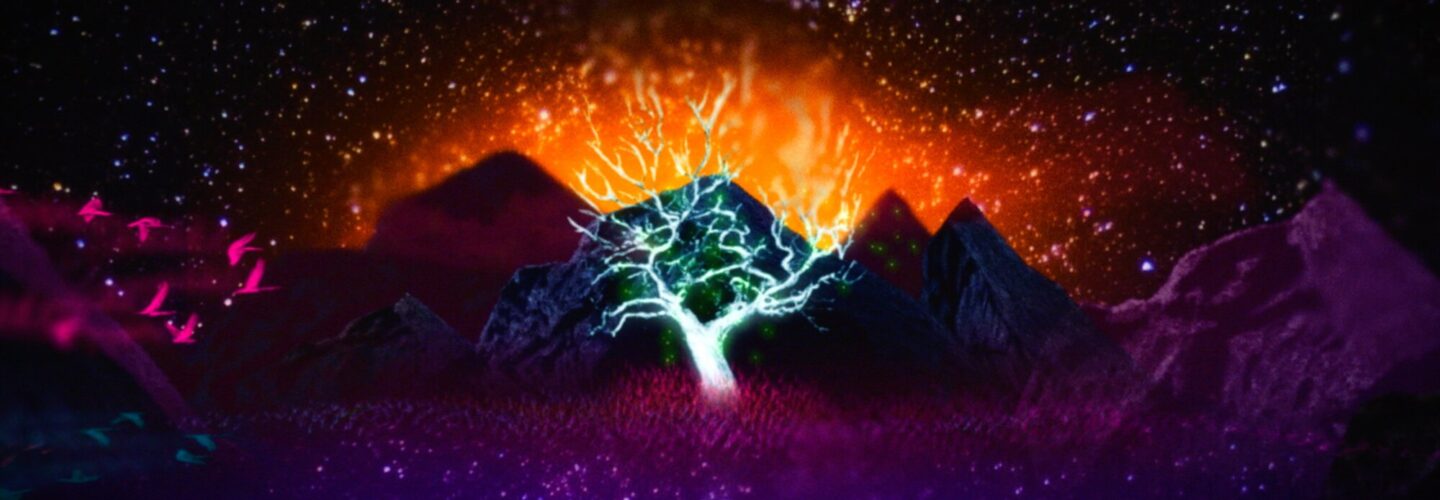
Filmmaking pair Henna Välkky and Eesu Lehtola’s animated documentary We are in a Dream is a journey into the collective subconscious. Akin to collective unconscious short Invisible Monsters and Tomato Soup and based on personal recordings of people narrating their own nightmares, the co-directors meld stories from individual dreams together to form a common narrative about the desires and fears we all share. This collative spirit is also reflected in the hybrid animation style which moves from shape-shifting abstract forms into focused images of popular dream iconography, the result of which being a truly kaleidoscopic experience. DN caught up with Välkky and Lehtola for a fruitful conversation where the pair break down the lengthy process of technical experiments and various animation techniques that resulted in We are in a Dream’s vivid visuals in addition to the specific instructions they gave their participants to recall their dreams in the most authentic way possible.
I’d like to kick off with the obvious, where did the idea for a film about dreams start for you both?
Dreams have always been a great inspiration for us, maybe because of all the weirdness and strong visual language. Nothing makes sense but at the same time it all makes perfect sense, like we feel most of the time also while awake. Exploring dreams through animation and documentary felt like a perfect project to dive deeper into the world of dreams, and also learn from them.
We wanted the film to look and feel like a dream, to make the audience go into a trance-like state.
What inspired the collective nature of the narrative?
The idea for the structure came from the research: dreams and the psychological theories behind them, such as the idea of the collective subconscious, a theory in which Carl Jung stated that due to the archetypes represented, specific symbols in dreams are universal. So this became our goal: to find similarities and build a somewhat coherent story that feels like one dream although it was formed from dreams of various different people.
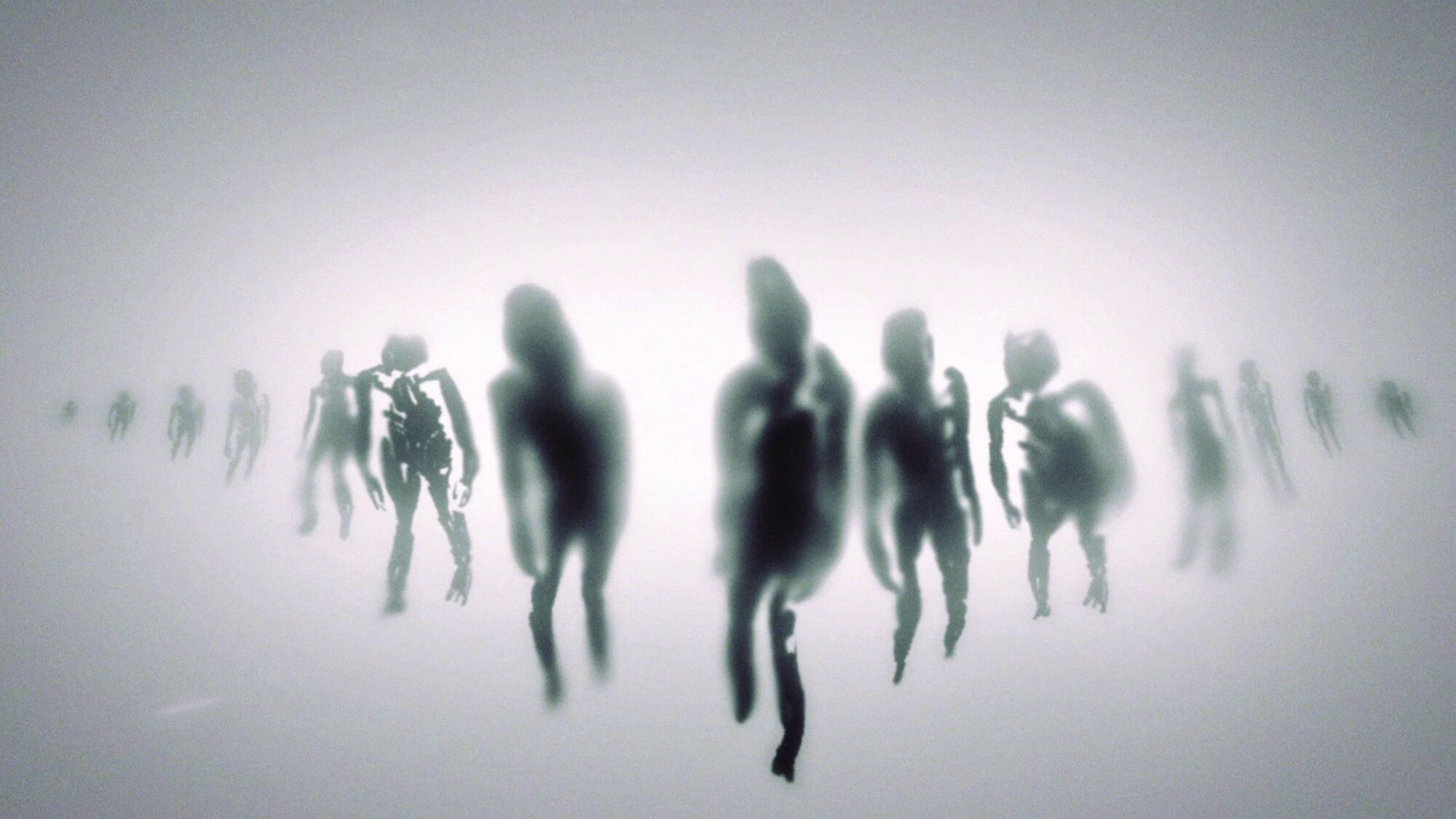
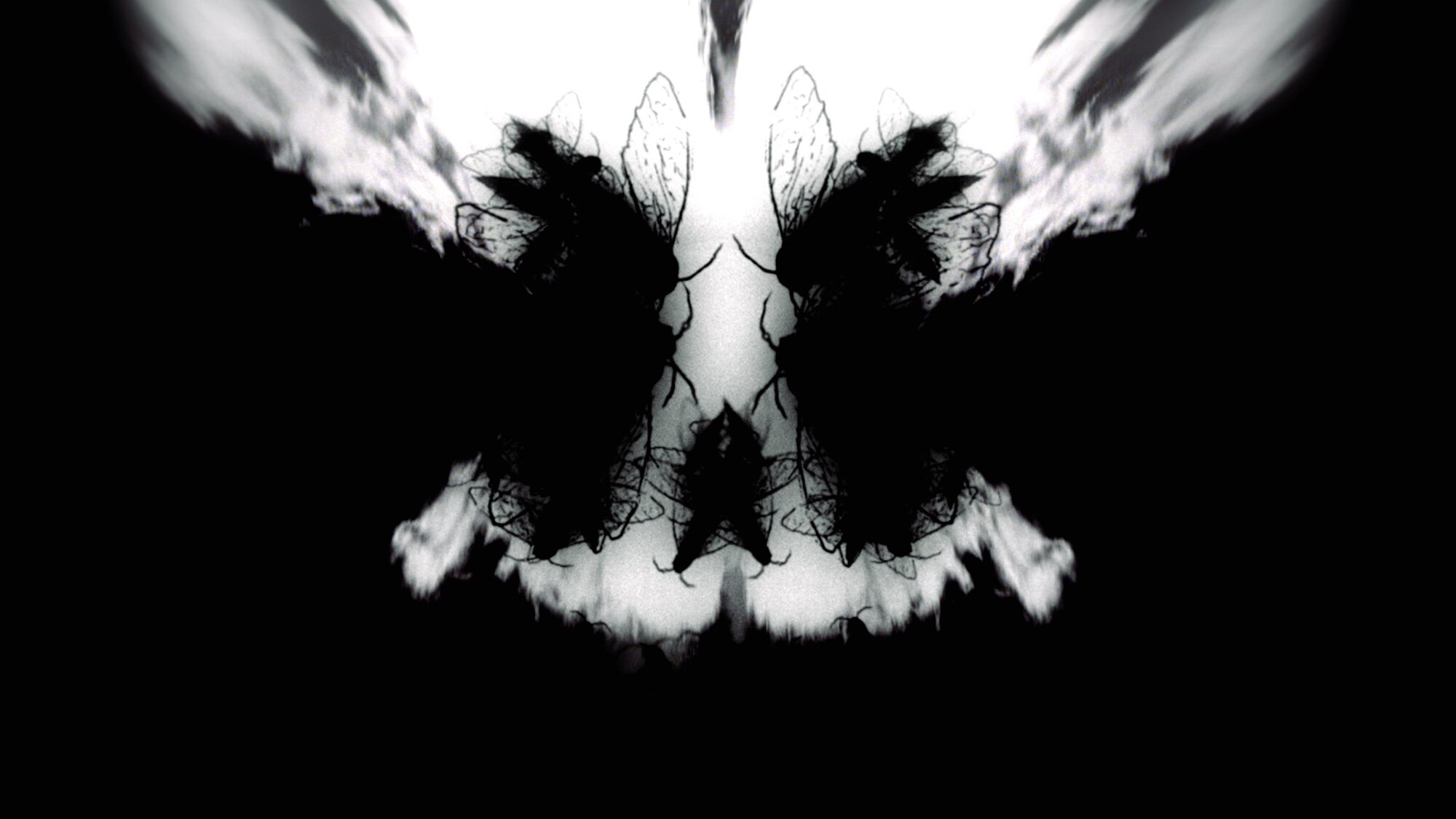
How did you approach the recordings, did you record your participants or did they record themselves?
We received hours of material from people narrating their recurring dreams and nightmares. We wanted the recordings to have an ‘authentic’ feeling so we asked people to narrate their dreams just after waking up using a phone or other simple device at hand. We didn’t want to do any formal interviews. Going through all the material was thrilling and each of the recordings could have made it into their own fascinating, and yes, very weird, films. In the process we made at least a dozen different versions of how the story could form out, one horror version, one funny version, etc. until we found a storyline we were happy with. A collective nightmare was the feeling we were after in the end.
The animation style is really malleable, which feels like a perfect fit for a film about dreams. What was your approach to developing it?
We wanted the film to look and feel like a dream, to make the audience go into a trance-like state, almost as if they’ve briefly fallen asleep. For example in dreams, places, time and situations can transform in a weird manner opposite to real life. One moment you can be in a particular place and in a blink of an eye it can morph into something completely different. The idea was to build one continuous shot that doesn’t have any cuts in it and the scenes would change through metamorphosis.
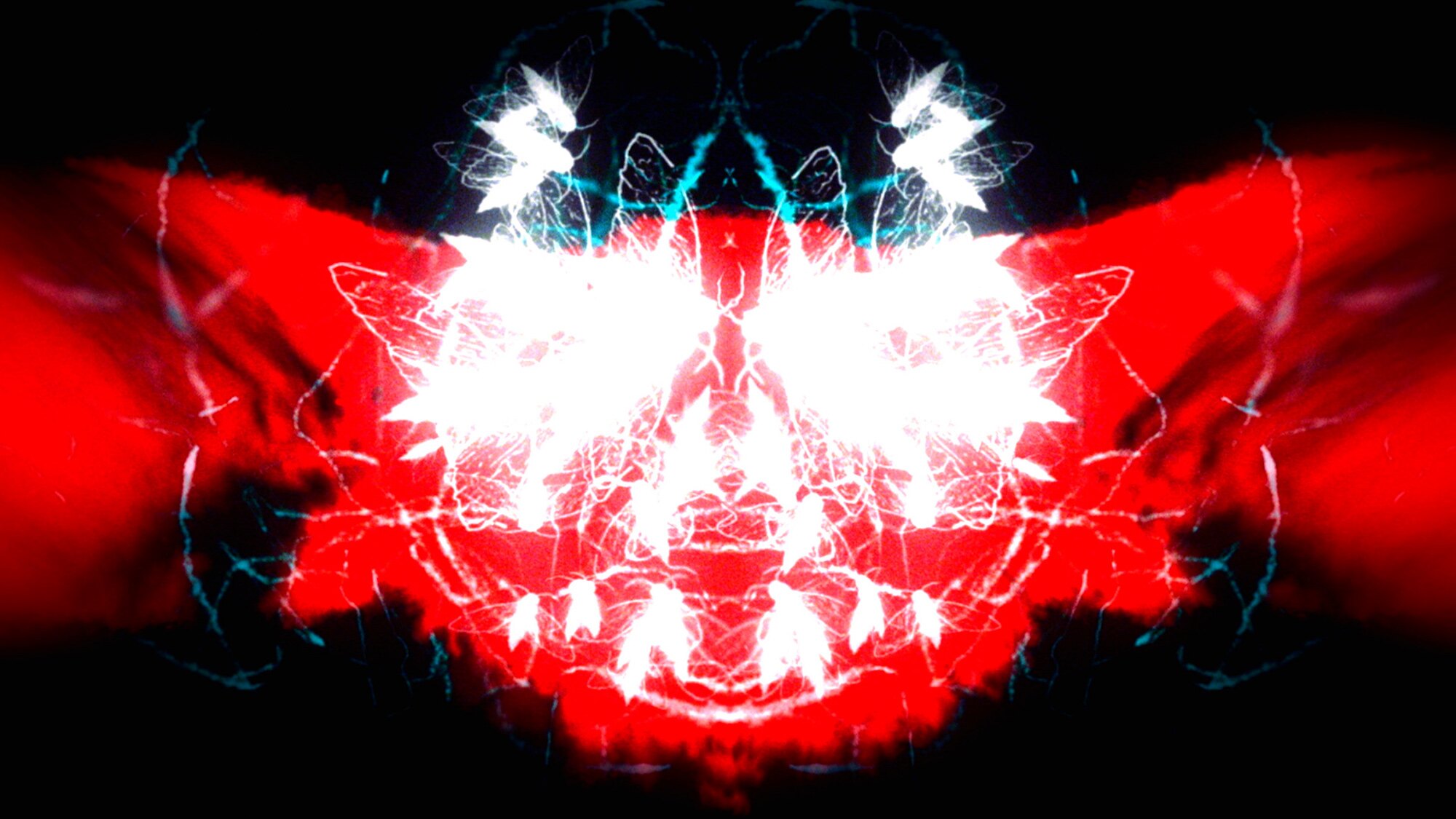

What specific techniques did you employ to achieve that?
We wanted the illustration to be abstract but relatable because everyone dreams differently and we didn’t want it to be too realistic. We also tried to come up with a larger visual palette rather than just one style: We experimented with drawn frame by frame animation, computer animation, 3D animation, etc. We tried to come up with a somewhat unique look for the whole film. We ended up making the first 60 seconds of the animation multiple times and then starting all over again just because we weren’t pleased with the outcome. In the end, we combined four different techniques together using frame by frame drawing animation, 3D animation, computer animation (After Effects) and we made some textures with frame by frame material animation (sand, dust, etc.). We also painted all the textures for the 3D scenes using different methods.
For the colour schemes we wanted the colours to reflect the mood of the scene rather than the actual colours of the objects and elements seen in them. It felt for us that this way we could achieve the dreamlike feeling better because the colours also sometimes work differently in dreams than in reality.
We ended up making the first 60 seconds of the animation multiple times and then starting all over again just because we weren’t pleased with the outcome.
Visually one of the most inspiring dream theories for us was that the location of dreams represents the person’s mind: is it clean, dirty, messy, logical, maze-like, etc. We also found out that this is one of the main things that people remember from their dreams. So this formed into one of the key visual and atmospheric features of the whole film – describing the feel of the place.
From initially collecting the material to completing the animation, how long did it all take? Also how did it fare on the festival circuit?
The whole process from the idea to the finished film took us two years in total. Most of the time was spent on collecting the material, editing the story and trying out different styles of animation and technical experiments. It has been shown in over twenty international film festivals around the world including Atlanta Film Festival and Tampere Film Festival and it was awarded as best experimental film at Prague Independent Film Festival.

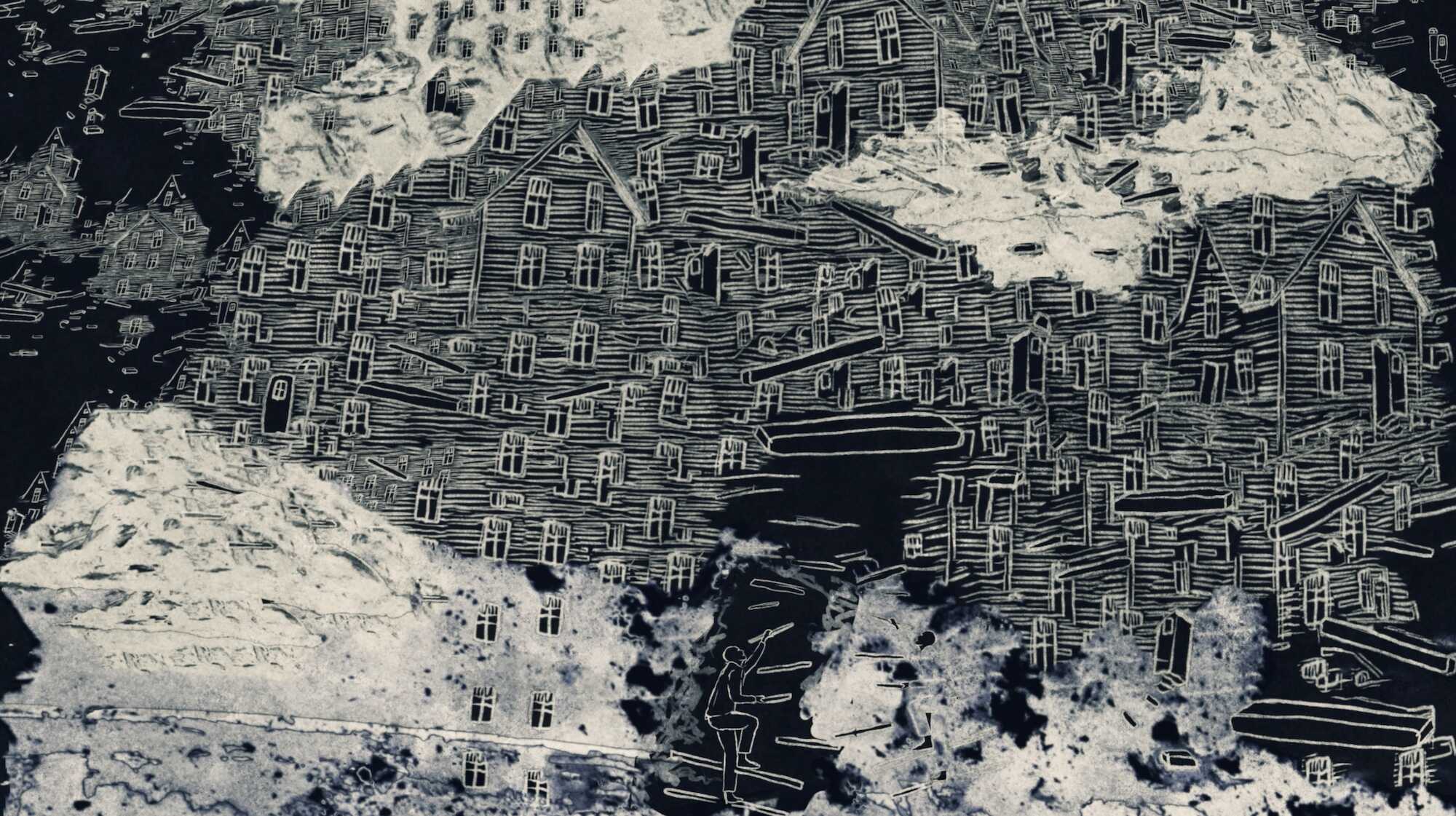
Given the collective nature of the film, how did you find the audience response at those festival screenings?
We have had a lot of positive feedback concerning the concept of the film. People have said that the film is very hypnotic and they have been drawn into the world very quickly, especially when the film has been shown in big theaters where the ongoing movement and music are quite powerful. Dreams as a subject has also opened up many conversations with people generally interested in dreams and the meanings behind them. Many people have told us their recurring dreams and nightmares and scenes from the film that reminded them about their dreams. It has been a very unique and interesting experience to have these very personal discussions with people we have just met.
The idea was to build one continuous shot that doesn’t have any cuts in it and the scenes would change through metamorphosis.
What do you think you learned about dreams, that perhaps you didn’t know before, through making We are in a Dream?
We did a lot of research for the film by reading books and interviewing a psychotherapist who is focused on dreams in her work. There are a lot of theories behind dreams that we learned during the process, varying from “dreams don’t mean anything” to the idea of the collective subconscious, a theory in which Carl Jung stated that due to the archetypes represented, specific symbols in dreams are universal. All the theories were pretty new to us and gave us an inspiring perspective for this film as well as our future work. Although many studies state that there are no symbols in dreams that always have the same meaning regardless of the person dreaming them and that these kinds of interpretations only have entertainment value, there is still a common belief that dreams are a window to our subconscious and the person having the dream can find meaning from it by reflecting on their own life.

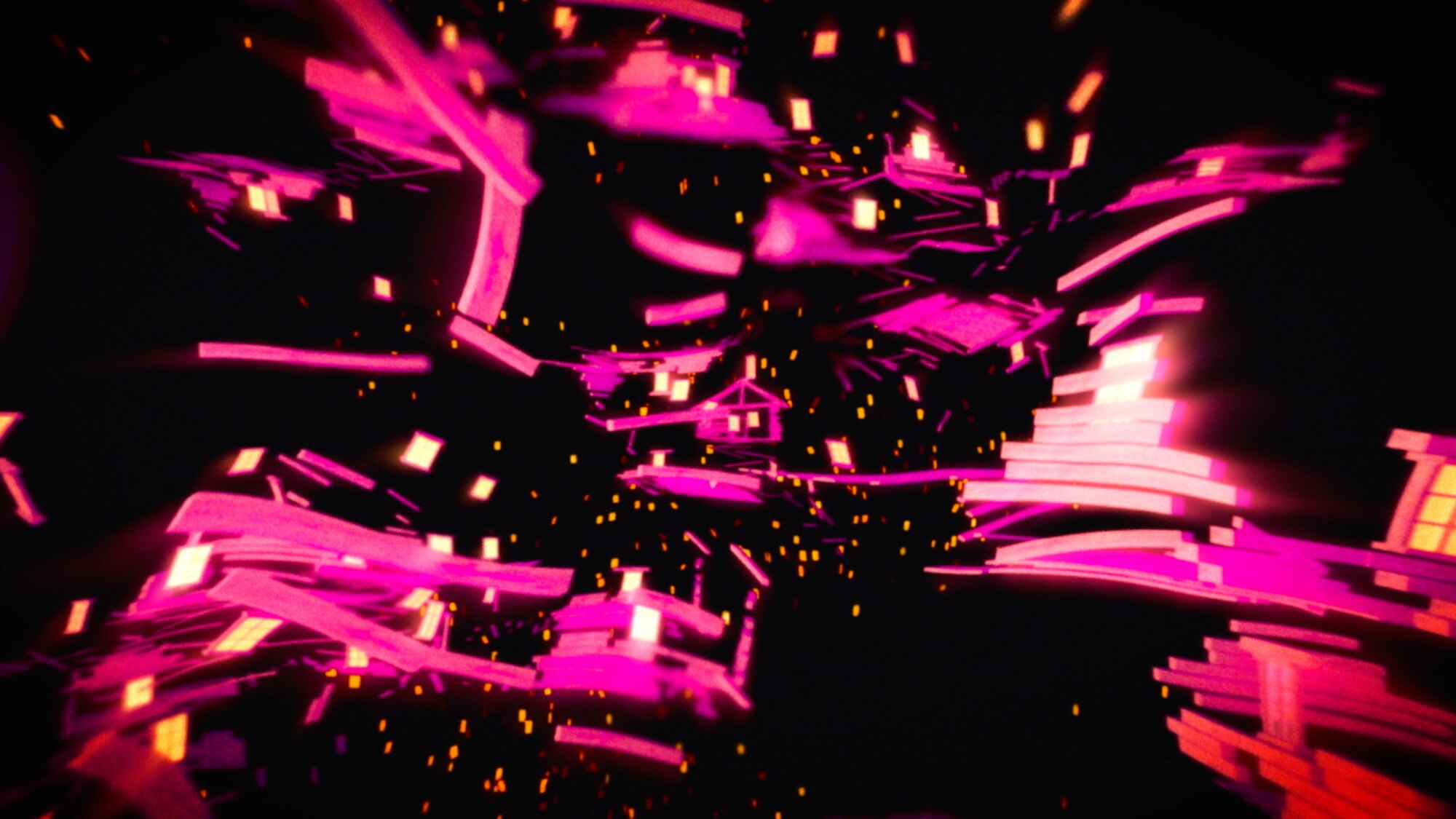
As we mentioned before, visually one of the most inspiring dream theories for us was that the location of dreams represents the person’s mind: is it clean, dirty, messy, logical, maze-like, etc. For example, one person told us that she frequently dreamed about a dirty aquarium until she quit an unhealthy relationship in her life. After that the aquarium was sparkling clean in the dream. An interesting phenomenon that we discovered from the recordings we received is that actions and emotions are often in conflict in our dreams. For example, a person can have strong positive feelings while killing someone and that conflict can feel horrible in the morning. This conflict is really interesting and makes the actual actions in dreams mainly metaphoric or completely random. This observation had an impact on how to interpret our own dreams as well as becoming a creative tool for writing and visualizing scenes in our later films.
Where will you be venturing next with your work?
We are now working on a new project that is somewhat similar in concept, it is about near death experiences. This project has already taken us over two years and we are now in the animation phase of the production.

